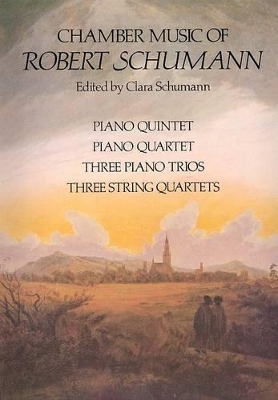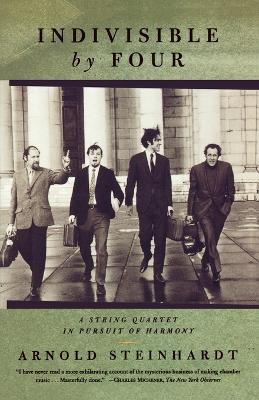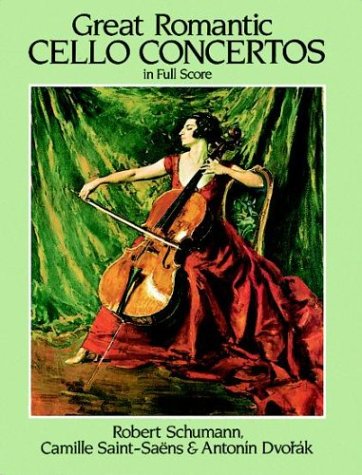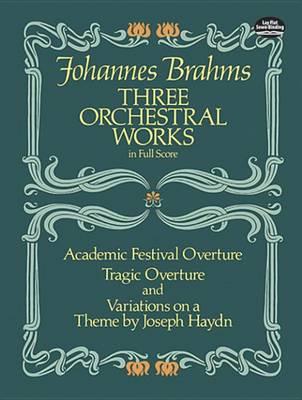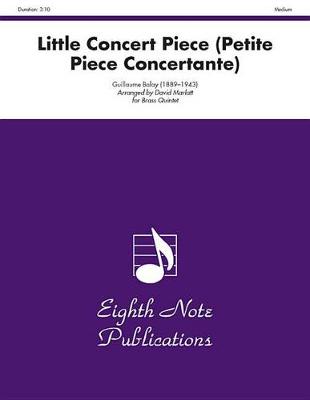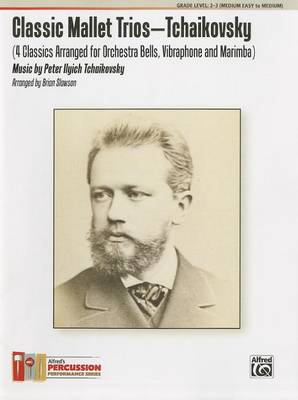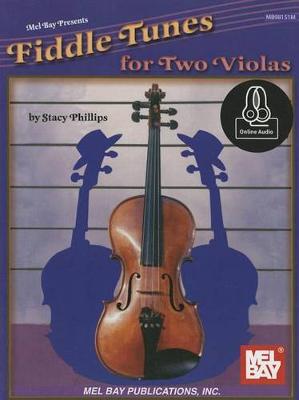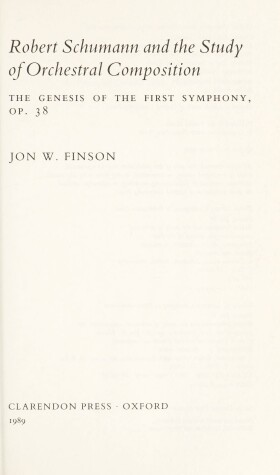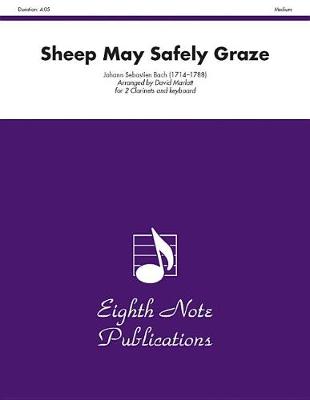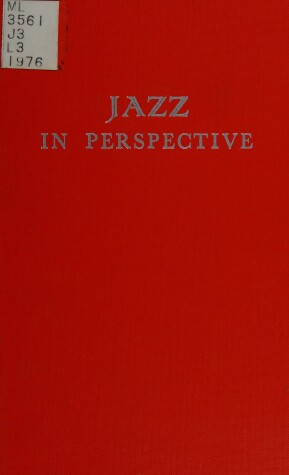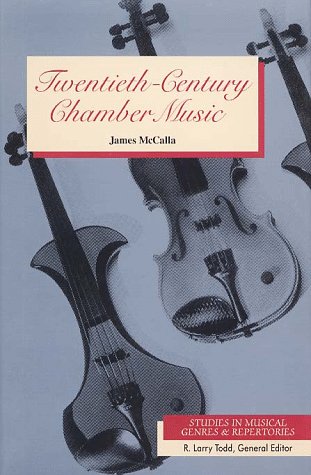Grieg Quintettsatz
This work can be considered a partner work to the Finnissy/Grieg Piano Quintet completion. Rather than writing in the style of Grieg, as he did with the Piano Quintet completion, Finnissy starts from a virtually identical point, but then diverges into a language of his own at the same point as he (in disguise) had taken over from Grieg in the completion.
Sonata in E
Chamber Music
More String Time Joggers (String Time Ensembles)
More String Time Joggers is an exciting collection from the authors of the award-winning Fiddle Time series. It provides enjoyable and inventive ensemble material for all string groups, in flexible scoring (for violin, viola, cello, and double bass with piano or CD accompaniment) from two parts to large string ensemble. There are pupil books with lively illustrations for violin, viola, cello, and double bass.
Indivisible by Four (Mathematics and Optimization)
by Arnold Steinhardt
Schumann, Saint-Saens And Dvorak
by Robert Schumann, Camille Saint-Saens, and Antonin Dvorak
Robert Schumann and the Study of Orchestral Composition (Studies in musical genesis & structure)
by Jon W. Finson
This study considers Schumann's early experience with symphonic composition, including the composer's autodidactic course in orchestration, the events surrounding the G Minor Symphony and his assessment of the genre in his musical criticism. The text examines his sketches for the First Symphony and attempts to show how it benefited from the composer's past experience. The author also gives examples of the autograph score and subsequent editions of the Spring Symphony to reveal Schumann's empiric...
Clarinet Quintet
for clarinet and strings (2 violins, viola, cello) The music is based on a tune suggested by the melodies and rhythms of sixteenth-century carols and lullabies. The strings are treated as a separate concertante unit.
Garland
Suitable for oboe, violin, viola, and cello, this title aims to demonstrate the composer's thoughtful approach to form and melodic material.
Musica Britannica
Wind Bands and Cultural Identity in Japanese Schools (Landscapes: the Arts, Aesthetics, and Education, #9)
by David G Hebert
This well researched volume tells the story of music education in Japan and of the wind band contest organized by the All-Japan Band Association. Identified here for the first time as the world's largest musical competition, it attracts 14,000 bands and well over 500,000 competitors. The book's insightful contribution to our understanding of both music and education chronicles music learning in Japanese schools and communities. It examines the contest from a range of perspectives, including thos...
Twentieth-Century Chamber Music (Studies in musical genres & repertories)
by James McCalla
First Published in 2003. Routledge is an imprint of Taylor & Francis, an informa company.

